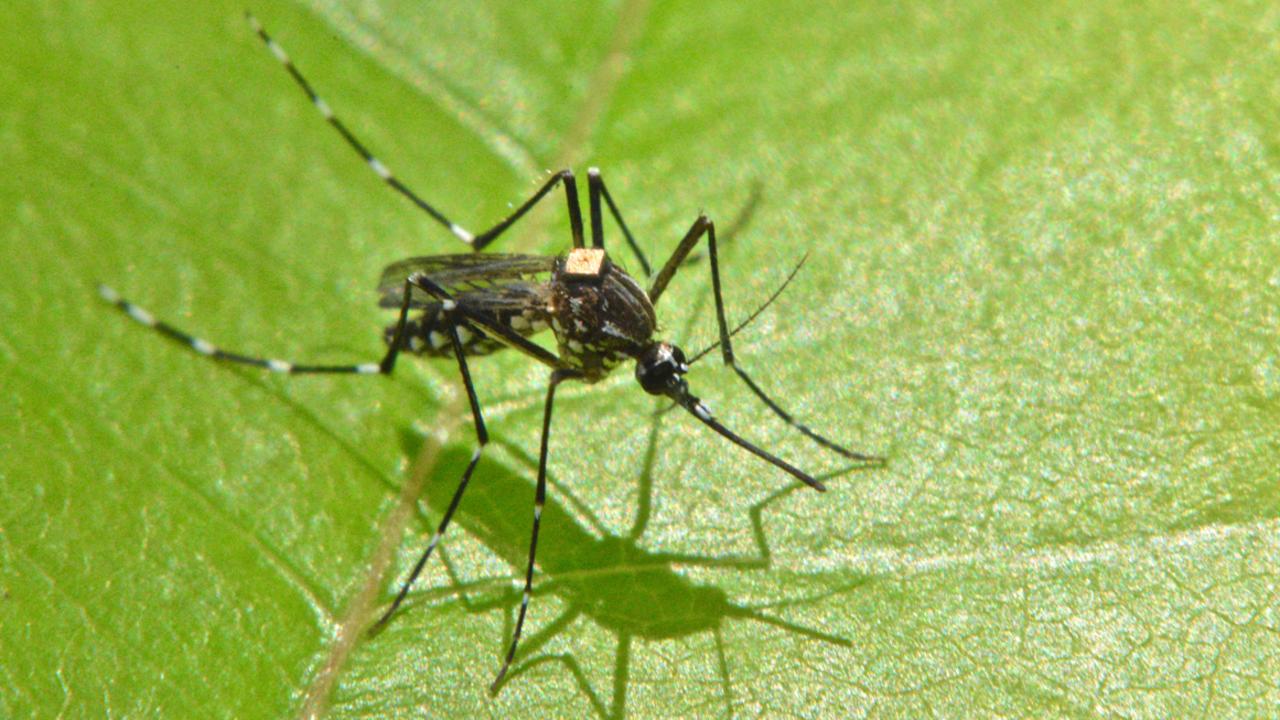Japanese encephalitis a ‘code red’ health condition
Queenslanders have been urged to be vigilant about mosquito-borne illness as the global peak body for Japanese encephalitis warns it is a ‘code red health condition’.
As health departments monitor Japanese encephalitis cases, the global peak body for encephalitis warns that it is a code red health condition that has a 40 per cent mortality rate and flood conditions make it necessary for Queenslanders to monitor themselves.
The Encephalitis Society warns it is important not to dismiss the risk of encephalitis, an inflammation of the brain that can lead to brain injury and death.
The peak body is issuing calls for greater disease recognition and awareness following the recent Japanese encephalitis cases in the nation’s eastern seaboard and the death and hospitalisation of several South Australians from the mosquito-borne Kokobera virus.
According to Encephalitis Society Chief Executive, Dr Ava Easton, despite the low number of infected individuals that will go on to develop encephalitis, for those that do, the condition is gravely serious.

“Encephalitis is a code-red condition that remains under-recognised. Up to 40 per cent of people with encephalitis will die from the condition and many survivors will be left with permanent brain injury and a legacy of difficulties.
“As Australia faces ongoing extreme weather conditions we are urging all Australians to equip themselves with knowledge about this very real disease and to not dismiss it as a low risk probability or something too rare to talk about,” Dr Easton said.
“We’ve already seen the first cases of Japanese encephalitis in Australia in over two decades and it’s possible many of the flaviviruses that are responsible for encephalitis will be
proliferating during the floods with a very real risk of further increases in case numbers and fatalities.”
Encephalitis is a leading brain health concern, with a higher incidence than multiple sclerosis, motor neurone disease, bacterial meningitis and cerebral palsy in many countries.
However, Encephalitis Society research (conducted before the recent floods) shows that 63
per cent of Australians are unaware of what the illness is.
“Despite global efforts to raise awareness, such as during our recent World Encephalitis Day, held just days before tragedy struck in South Australia, calls are often ignored,” said Dr Easton.
“While it is commendable that Australian health departments and scientific organisations are monitoring the situation, it is up to each and every one of us to know about and protect ourselves against the risk.
“The earlier encephalitis is identified, the earlier treatment can begin, helping to reduce mortality and the impact of other devastating consequences,” Dr Easton said.
Viruses such as Japanese encephalitis Virus (JEV), Murray Valley encephalitis Virus (MVEV), Ross River virus (RRV), a subtype of West Nile Virus (WNV) and Kokobera Virus (KOKV) are endemic in certain parts of Australia, Papua New Guinea and the South Pacific Islands.
However, in a global survey conducted by Encephalitis Society last year, only 37 per cent of Australians had heard of encephalitis, with a third of those aware unable to correctly explain or identify the disease and its symptoms.
“While endemic virus cases of encephalitis in Australia have been sporadic to date, we’ve already seen many new cases in just the last two weeks and this number could grow in the coming weeks and months,” Dr Easton said.
“We urge people to take precautions. Not to just use mosquito-repellent, but to also take up available vaccination against some of these viruses such as JEV and most importantly to take heed of symptoms.”
The severity and symptoms of encephalitis can vary, however, they typically include flu-like illness, headache, drowsiness, uncharacteristic behaviour, inability to speak or control movement and seizures.
Symptoms of mosquito-borne viral encephalitis usually appear five to 28 days after being bitten by an infected mosquito.
Japanese encephalitis, West Nile encephalitis and tick-borne encephalitis viruses are the most frequently identified endemic causes of the disease.
Around 500,000 people globally are affected by encephalitis annually, equating to one person every minute.
The illness leads to cognitive, physical or emotional difficulties including impaired memory, language problems, changes in decision making, planning and organisation,
personality changes, anxiety, depression, mood swings, fatigue, weakness and epilepsy.




